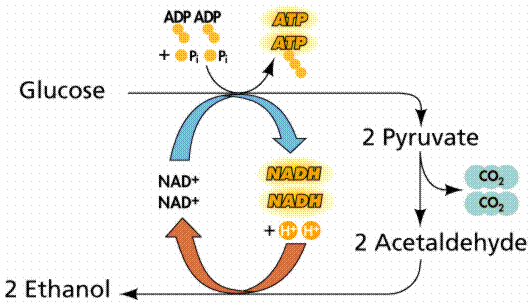10 Things I should know about DNA Replication
1. Before I even take a look at what really happens, I should understand why DNA replicates!
è DNA replication (Synthesis same term) is the process of copying a double helix DNA strand in a cell, before the cell divisions. This process happens during S phase of the cell cycle before, mitosis and meiosis. This is the key part. I know that human body constantly needs to get worn out old cells and produce new cells to form our body. The new cells produced must have a full set of genes in order to function normally. In order to do so, DNA must be replicated equally before the cell divisions.
2. What allows existing DNA strands to serve as templates for new complimentary strands during DNA replication?
è ‘Base pairing’ is the answer.
3. Watson and Crick’s proposed models.
è Watson and Crick's models. Here is the picture of the models. The picture itself pretty much explains everything. I remember Mr. Chung explaining this models with biology textbooks.
4. What is ‘Enzyme’?
è In chemistry, Mrs. Greenberg told me that the Enzymes are complex molecules that act as a catalyst for chemical change in living organisms. So I did a bit of research to find out what are enzymes in biology. In Biology, Enzymes are ‘any of a group of large catalytic proteins present in living organisms. Enzymes, like all catalysts, accelerate, but are not consumed by, a specific chemical reaction. In this way enzymes promote biochemical activities that would otherwise occur at a metabolically useless rate.’
If you want to know more about enzymes here Is the website I looked at.
5. Enzymes in Initiation (Helicase, Single-strand binding proteins, Gyrase, RNA primase)
è Enzymes are significantly important in DNA replication because a large number of enzymes and other proteins carry out DNA replication!! First of all, in the process of Initiation, There are 4 enzymes worked together. By the way, the timing is really important as well. So, firstly, Enzyme called ‘Helicase’ untwists DNA and breaks up hydrogen bonds. Then, Single-strand binding proteins come to stabilize the unpaired strands. After, an enzyme called ‘Gyraes’ releases the tension that was made when the DNA was separated. Lastly, RNA primase signals Polymerase 3 by producing a primer!!
6. Enzymes in Elongation (DNA polymerase 3)
è DNA Replication continues in this process. Only one enzyme is related in this process; DNA Polymerase 3. As RNA primase makes signal, Polymerase 3 recognize RNA Primer. Then it starts to elongate new DNA 5’ -> 3’ (Always) The strand towards the fork is called Leading strand and the strand away from the fork is called lagging strand (composed of many Okazaki fragments).
7. Important term in Elongation : Leading strand
è Say, Mr. Chung gives a test question that asks which strand is leading strand and lagging strand? And I’m like “OMG which one is lagging and leading strand?? I am so confused.” To make sure this does not happen during the test. Let’s make it clear what is the leading strand and lagging strand.
è Leading strand is copied continuously into the fork from a single primer at the replication fork and it is always from 5’ -> 3’. Don’t forget this!!
8. Lagging strand
è What about Lagging strand then?
Lagging strand is copied away from the fork in short segments, (Okazaki fragments), each requiring a new primer. It is also from 5’ -> 3’ Remember, DNA strand is always from 5’ -> 3’
è I get it now but … then what’s the difference??
9. Differences between leading/lagging strand
è There are some differences between leading and lagging strands but the biggest difference is that the lagging strands are joined by an enzyme called ‘ligase’ after the elongations process.
10. Enzymes in Termination (DNA Polymerase 1, Ligase)
Final process of DNA replication, two enzymes finish off the termination. Firstly, DNA Polymerase 1 (Big brother) replaces RNA primers with DNA, and makes sure that there is no mistake made by DNA Polymerase 3 (Little brother). Then, if the strand is lagging strand, ‘Ligase’ joins the gaps in DNA (Okazaki fragments).
As I was writing the last one, I just came up with the question, does the leading strand continue all the way?? Or does it stop at some point? Or it is joined by Ligase like lagging strand at some point?
I should ask this question !!










